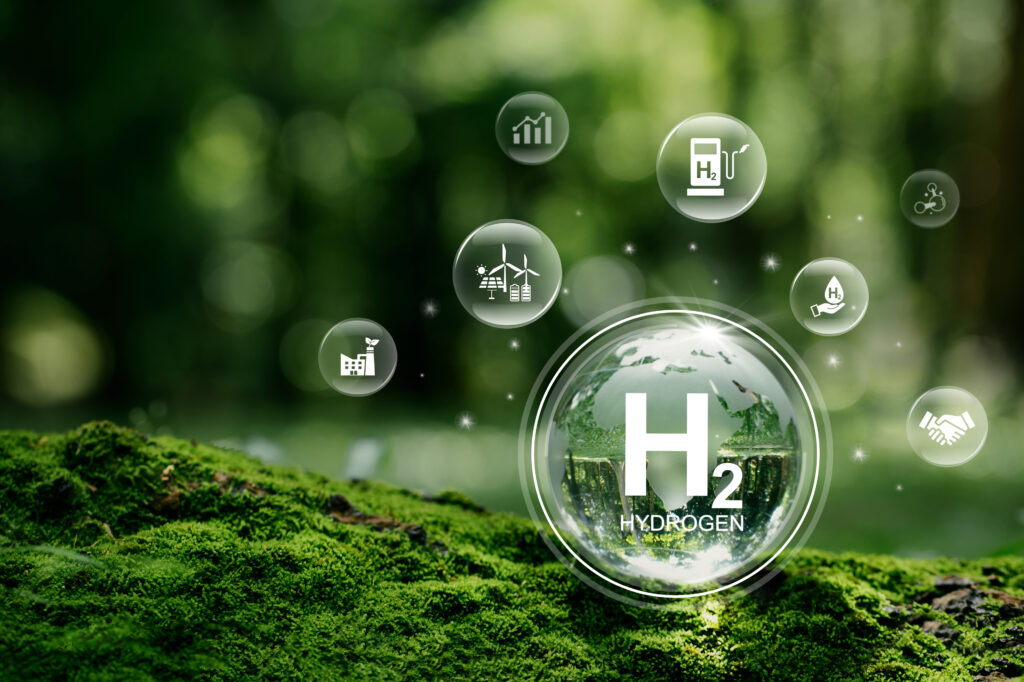Green electrolysis has emerged as a pivotal technology in pursuing sustainable energy solutions. The catalysts that drive reactions are central to this process – particularly in water splitting. Ruthenium-based catalysts are among the many that show great promise, primarily due to their high activity. But, their poor stability limits the practical applicability of ruthenium-based catalysts.
These stability issues relate to the structural integrity of ruthenium catalysts under prolonged electrolysis. Ruthenium degrades under harsh electrochemical conditions, impacting the catalyst’s lifespan and contaminating the electrolyte. There’s also a sintering effect that causes catalyst particles to agglomerate, depleting the overall surface area. However, recent research has made noteworthy progress on this front.
Chemical Modification of Ruthenium Perovskites
One of the most effective strategies for enhancing the stability of ruthenium-based catalysts during the oxygen evolution reaction (OER) involves chemical modification. Specifically, doping ruthenium perovskites with potassium (K) has proven effective in stabilizing ruthenium in a higher oxidation state within the perovskite structure. This stabilization markedly improves the catalyst’s durability. Potassium-doped ruthenium perovskites maintain their structural integrity and catalytic activity over extended periods, making them more suitable for long-term use in water electrolysis systems.
Breakthrough in Proton Exchange Membrane (PEM) Electrolysis
A recent breakthrough in ruthenium-based catalysts for Proton Exchange Membrane (PEM) water electrolysis has shown significant improvements in both activity and stability. This innovative catalyst achieves an 85% reduction in iridium usage compared to conventional iridium oxide catalysts. This reduction mitigates potential supply concerns associated with iridium, enhancing the sustainability and cost-effectiveness of the technology. By combining high catalytic activity with exceptional stability, this novel catalyst offers a promising solution for large-scale hydrogen production.
Optimizing Binding Affinity
Another critical aspect of improving ruthenium-based catalyst stability is optimizing the binding affinity between reactive intermediates and the ruthenium surface. This can be achieved through several strategies, including element doping, combining ruthenium with appropriate supports, and creating nanostructured materials. These methods enhance the interaction between the catalyst and reactants, thereby increasing stability and efficiency. By fine-tuning the binding properties, researchers can develop robust catalysts capable of withstanding the harsh conditions of water electrolysis.
Combining Ruthenium with Other Elements
Merging ruthenium with other elements or compounds has proven effective in enhancing the stability and performance of catalysts. For instance, a ruthenium-based catalyst combined with tungsten oxide (Ru-WO3-x) has shown improved performance and stability for the Hydrogen Evolution Reaction (HER). This combination leverages the strengths of both materials, resulting in a more durable and efficient catalyst. Such composite catalysts are essential for advancing the technology and making green hydrogen production more practical and widespread.
Helping You Make Ruthenium-Based Catalysts Even Better
At Nikalyte, we aim to leverage our cutting-edge nanoparticle technology to enhance the stability of your ruthenium-based catalysts. With our expertise in nanoparticle deposition, your ruthenium-based catalysts will be efficient and tailored to meet specific functional requirements. Our flagship tool, the Nikalyte NL-UHV, enables precise control over nanoparticle composition, formation, and size.
Collaborate with our team of specialists to discover how Nikalyte’s advanced technologies can elevate your water electrolysis processes. Our bespoke solutions ensure that your ruthenium-based catalysts deliver maximum efficiency and reliability in green hydrogen production. Contact Nikalyte now to learn more about our innovative nanoparticle deposition tools and how they can refine your ruthenium-based catalysts for sustainable and efficient green hydrogen production.
References
- Improving Catalysts for the Production of Green Hydrogen. Diamond. https://www.diamond.ac.uk/Science/Research/Highlights/2022/Catalysts-for-the-Production-of-Green-Hydrogen-.html. Accessed 1st July 2024.
- HTW Editorial Team. New ruthenium-based catalyst reduces reliance on iridium for PEM electrolysis. Hydrogen Tech World. https://hydrogentechworld.com/new-ruthenium-based-catalyst-reduces-reliance-on-iridium-for-pem-electrolysis. Published 16th November 2023. Accessed 1st July 2024.
- Gou W, Ma Y, Qu Y, Tan X, Wang Y, Zhang M. A review on fundamentals for designing stable ruthenium-based catalysts for the hydrogen and oxygen evolution reactions. Chinese Journal of Catalysis. 2024;60: 68-106. doi:10.1016/S1872-2067(24)60013-6.
- Li L, Qiu L, Tian F, Wu F, Yang W, Yu Y. Recent Progress on Ruthenium-Based Electrocatalysts towards the Hydrogen Evolution Reaction. Catalysts. 2023;13(12):1497. doi:10.3390/catal13121497.
- Heraeus and Sibanye-Stillwater collaboration to improve green hydrogen production. Mining Review Africa. https://www.miningreview.com/energy/collaboration-develops-electrolysis-catalysts-for-green-hydrogen/. Published 15th November 2023. Accessed 1st July 2024.

